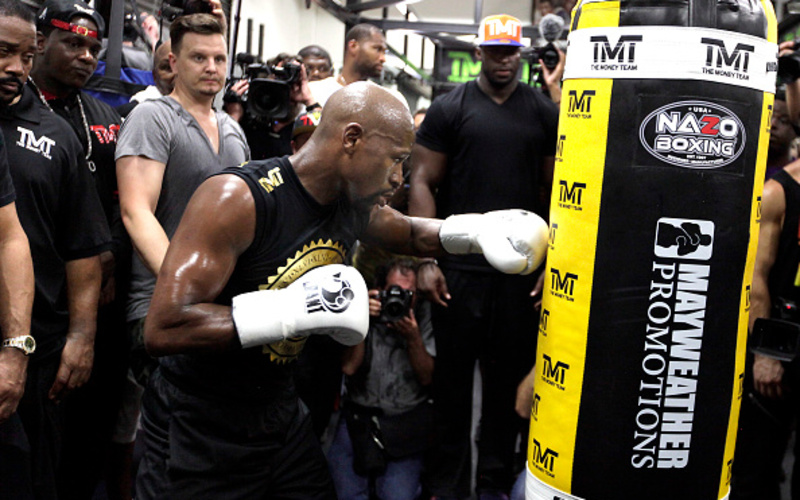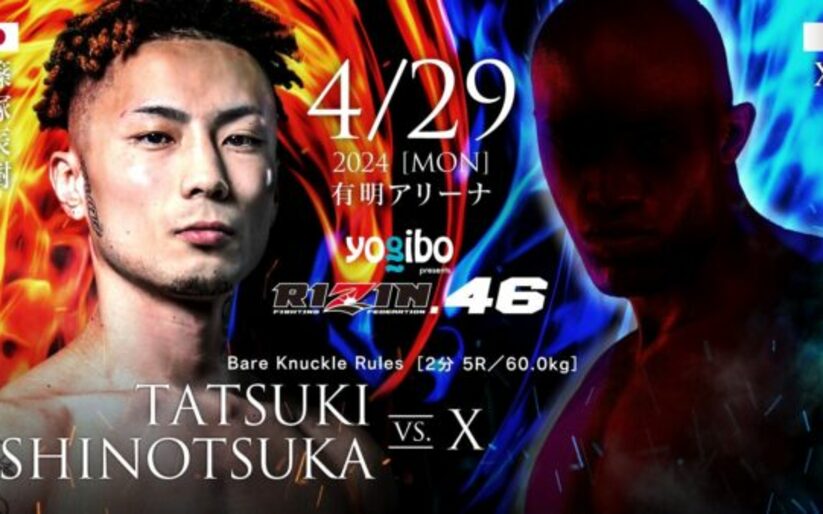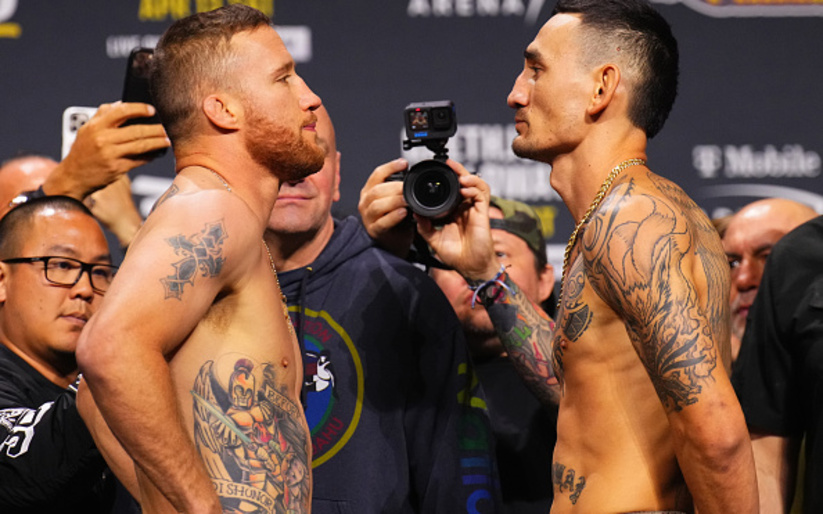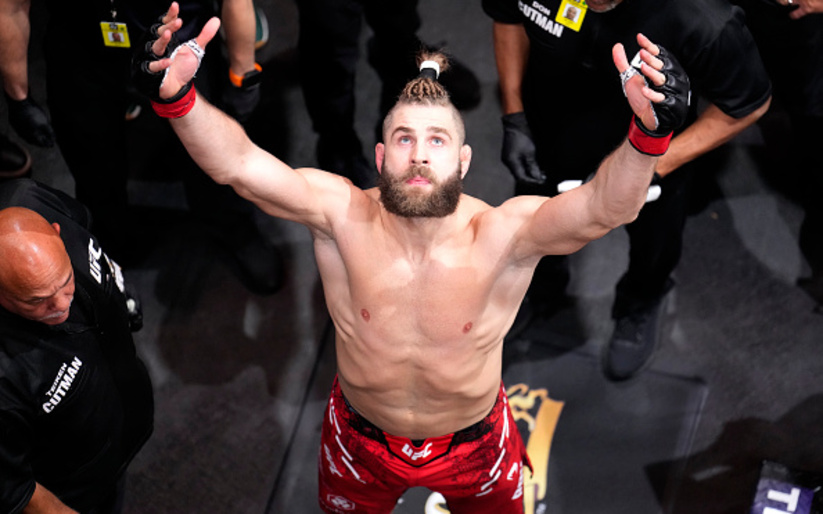In our last installment, we looked at Floyd Mayweather‘s ring generalship. Today we’ll examine his underrated infighting.
Mayweather is primarily an outfighter, known for circling outside his opponent’s punching range and sniping pot shots from a long distance. When fans and pundits talk about his inside game, they’re usually discussing it in the context of holding and stalling.
It’s true that he uses the clinch to smother his opponent’s offense, and to avoid exchanges. This can be grating on the viewers, but it is far from the extent of Mayweather’s infighting ability. In truth, much of his most damaging offense comes in clinch exchanges. Given that Mayweather is always focused on limiting his opponents’ options, clinching is a way to prevent the opponent from “getting it back” after he’s landed a good shot. Once he’s in the clinch however, he can control his opponent while punching simultaneously, allowing him to comfortably open up.
The first fight between Mayweather and Jose Luis Castillo provides the best example of Mayweather’s proficiency in the clinch. Mayweather had picked up the early rounds with his modus operandi of pot-shotting and moving, but Castillo began coming on strong somewhere around the sixth round. He was pressuring Mayweather to the ropes and hitting him when he moved out. His body work was landing consistently and Mayweather found himself eating counters when he threw to keep Castillo off of him.
By the end of the tenth round, the fight was neck and neck. If Mayweather was up on the cards, it wasn’t clear at all. As Mayweather sat on the stool waiting for the eleventh round to start, his uncle and trainer, Roger Mayweather, told him that he needed to “sit down, exchange, move on” before re-emphasizing that he wanted Floyd to “sit down [and] exchange.”
As soon as the bell signaled the start of the round, Mayweather stormed out and met Castillo in the clinch. He soon moved off after eating a few good hooks to the body and started moving around, but with two minutes left in the round he went back to the clinch and refused to back himself out of range. Mayweather spent the rest of the round battling Castillo head to head in his area of strength, even making Castillo back off to reset himself at points with his counters. Even more impressively, Mayweather arguably won a round spent infighting with one of the greatest infighters he’d ever fought.
Defense and Positioning
Mayweather’s clinch game is built around the same principle his distance game is – defensive soundness and responsibility above all else.
In the above picture, you can see Mayweather’s general resting position on the inside. His lead shoulder is raised high and turned inwards, protecting his chin from the straight right and rear uppercuts. His lead arm is folded across himself to protect his body, while his rear arm covers the right side of his head and body. A small fold at his right hip leaves him ready to duck down low if Miguel Cotto tries to go over the top of his shoulder with an overhand right. He’s standing at an angle to conceal his center line, and his bladed stance causes his lead shoulder to occupy Cotto’s center line, obfuscating Mayweather’s rear hand from his view.
Along with ducking down to deny the overhand, Mayweather will rotate his lead shoulder further inward so that his elbow is pointing at his opponent.
The high elbow creates a barrier that jams the overhand or forces it to roll off the shoulder, and also serves to create distance and prevent Mayweather’s opponent from stepping in further.
Counters
Part of what makes Mayweather’s defense so effective is that, despite the lack of openings, it makes opponents want to throw at him. Standing directly in front of Mayweather, you have a clear view of his chin. The top half of his head is peaking out above his shoulder, and there’s daylight either low or high on his right side, depending on the placement of that hand. Mayweather’s guard appears to present clearly defined openings, but he’s aware of the path of attack his opponents will likely take, and has carefully planned tactics to shut them down. His guard acts as a funnel, drawing opponents into a few specific targets.
Of course, when his opponents do open up, they find that his guard is much more difficult to crack than it appears. Mayweather will often stand on the inside in his shell, waiting for his opponents to jump at an opening they see. When they throw at him, Mayweather will adjust his guard as necessary to block, and shoot a counter through the window left by his opponent’s punch.
Mayweather has a deep repertoire of catch-and-pitch counters. When he feels a punch on his guard, he knows that the punching hand is briefly out of position to defend and he can freely counter on that side while his opponent recovers their guard.
He uses short straights with very little weight transfer on the inside to disrupt his opponent’s rhythm and land counters. These punches are thrown straight from his chest and travel only a short distance to his target, making them incredibly fast.
Mayweather’s protruding lead shoulder occupies his opponent’s center line, concealing the right hand. As he rotates the shoulder out to throw his straight, the right hand follows immediately with almost no delay. By the time his opponent is able to see the rotation of his lead shoulder and process that a punch is coming, it’s too late and he’s already been hit. These are nearly impossible to see coming and react to. Note also how Mayweather’s lead shoulder protects him from the right hand of his opponent.
Mayweather’s shoulder roll also leads nicely into short, quick counter uppercuts. Rotating his torso inwards to roll the right hand allows him to bring his rear hand back with him as he rotates his torso back into place. He pulls his weight back as he rotates his torso which prevents him from getting the level change he needs for a hurting uppercut, but like his short straight, these uppercuts come quick and are difficult to see.
Mayweather rotates his torso inwards and gets behind his shoulder as Marcus Maidana tries to hit the body. When he feels a hook on his body, Mayweather quickly snaps an uppercut through Maidana’s open guard. Maidana shells up, bringing his forearms in front of his face, and Mayweather sends another uppercut to his wide open body.
Tie-ups
Mayweather is excellent at using tie-ups to stifle his opponent’s offense. We’ve discussed how he will clutch his opponent after landing a punch to prevent them from returning and use his opponent’s committed punches as opportunities to enter the clinch, but he can prompt exploitable defensive reactions with his offense as well.
Berto dips under the lead hook, but Mayweather immediately lays his forearm across the back of Berto’s head and pushes it down to break his posture. He puts more weight on him, further breaking him down, and wraps his arm around the head in a sort of front-headlock position. From there he goes to work on Berto’s body until they are separated.
Any time Mayweather’s opponents execute a deep slip, dip, or weave in the pocket, Mayweather will try to tie them up and lean on them. This prevents them from being able to convert their defense to offensive output, and also serves to wear them out over the course of the fight. Given Mayweather’s propensity for ducking low and bending at the waist to avoid certain punches, it would make sense for opponents to use this tactic against him, but he has another trick up his sleeve.
Compare these two sequences:
In the first sequence, we see Shane Mosley try to weave out after throwing his straight, but he gets caught up by Mayweather’s counters and allows himself to get out of position. He leans forward as he weaves, bending at the waist with his head past his feet. This means that to stand up straight, he’s using only the muscles in his back, rather than the far more powerful hips and legs. Mayweather leans his weight on Mosley’s head to break his posture and nails him with the straight as he pops up.
In the second clip, Mayweather weaves into Victor Ortiz, even bending at the waist as he does so, but there are a few key differences. Instead of letting his stance get over-extended, Mayweather steps in deep with his rear foot to keep his feet underneath him. He’s also careful to straighten his back as soon as he’s in on Ortiz’s hips. Ortiz tries to use his forearm to press Mayweather’s head down, but since he’s in a strong stance with his feet underneath him, Mayweather rises straight up using his hips and legs like a wrestler ducking under his opponent’s elbow. Mayweather ends up in the stronger position, with Ortiz’s arm stuck in the air, elbow opened, allowing Mayweather access to his body.
Punching in Transition
The clinch is often treated as an afterthought in boxing. Gone are the days when officials would let men work to free their hands from an opponent trying to hold on. In the modern game trapping an arm and holding will quickly get the fighters separated. This has lead to many boxers failing to develop strong clinch games, and is also often responsible for confusion in knowing when it’s okay to punch.
Mayweather exploits these moments ruthlessly. When an opponent is concerned with punching, he’ll look to counter or tie them up, but as soon as they consent to the tie and hold him back, he’ll break and start hitting them. This often comes as a surprise to opponents who were expecting the hold to continue until the official steps in.
Andre Berto tries to tie Mayweather up, but Mayweather controls the inside line by getting frames on his biceps (aided by referee, Kenny Bayless, pushing Berto’s underhook away) and uses them to create distance to punch. He hits a befuddled Berto with a short combo before ducking his return and exiting on a check hook.
Miguel Cottto was diligent about getting his forehead into Mayweather’s chin and keeping himself positionally sound in the clinch, which made it difficult for Mayweather to tie him up. But Cotto’s lack of an underhook allowed Mayweather to move laterally, and he would angle out and punch through the openings created as Cotto turned to follow him. Note also how Mayweather circles his head to the outside and gets his forehead in the chin, allowing him to angle out while preventing Cotto from turning with him.
Framing
The idea of a frame is to create a structure with the body that prevents opponents from closing the distance or exerting weight. On the ground, frames prevent the top player from closing in and smashing the bottom player. On the feet, they can break an opponent’s balance and prevent him from turning in. This means that a frame laid across an opponent’s face will prevent him from transferring weight onto his near foot in order to follow or strike.
Mayweather is constantly using frames on the inside to deny his opponents the opportunity to land punches, in order to create his own:
Mayweather gives Ricky Hatton a lesson in framing. Hatton starts the clip in strong position, with his forehead pressing on Mayweather’s neck, but Mayweather quickly changes that by rotating his lead shoulder inwards and projecting his elbow, giving Hatton a cheeky bump to the face with it to create distance. Mayweather quickly sends a right hook through the opening and immediately converts it to a frame with his right arm, popping Hatton’s head up to land a free left. He does the same thing on his left side, converting the punch to a frame and pushing off to land more. As Hatton comes back in aggressively, Mayweather ducks down and catches a frame under his armpit, propping his arm up to land a body shot.
Frames are an important part of Mayweather’s distance game as well. He uses them in the same way he uses tie-ups, to prevent opponents from returning his offense. They’re also useful in transitioning straight from the pocket into a dominant clinch position. Whenever Mayweather misses a punch in range or his opponent slips one, he’ll put it right back into their face as a frame to set up his exit, or even more offense.
Every punch Mayweather throws is backhanded into Maidana’s face. The lead hand serves to break his rhythm and occupy his vision, blinding him to the straight right behind it in the process. Mayweather uses the rear forearm after his straight right to lever the head up, breaking Maidana’s balance and preventing him from returning.
Here you can see Mayweather using a combination of everything we’ve discussed to control Berto’s head constantly. Mayweather props Berto’s head up with an elbow to create distance, pushes up on the face to expose him for an uppercut, uses a collar tie to keep his posture low before passing him under the armpit, and frames on the face to expose him for punches. Berto’s head doesn’t spend a single second moving of his own volition and, as a result, he never has the balance or positioning to throw a worthwhile punch on the inside.
Of course, it wouldn’t be a Mayweather article if we didn’t talk about his dirty tricks. Mayweather is known for using his elbows creatively on offense, often projecting his elbow at his opponent’s face and “letting them” run onto it. As we’ve seen throughout this article, some of his frames run precariously close to elbow or forearm strikes.
This is a particularly crafty example. He enters with a body jab to get Juan Manuel Marquez changing levels onto a backwards elbow as he stands back up. Straight out of Anderson Silva’s playbook.
Don’t be fooled by his preference for avoiding close range and his habit of holding on when it gets there, Mayweather is a devastating infighter when he wants to be. When he doesn’t want to be, he still excels at using the clinch to limit his opponent’s offensive opportunities. He uses frames as well as anyone in boxing and is constantly seeking to control his opponent’s head in order to create openings for himself, while closing openings for his opponent. His diverse set of clinch entries ensure that he usually comes out on top in the positional battle as well.
Check in next week as we look at the tactics Mayweather’s opponents have successfully used against him.
Main Photo
Embed from Getty Images



